Beautiful Bangladesh: Birisiri
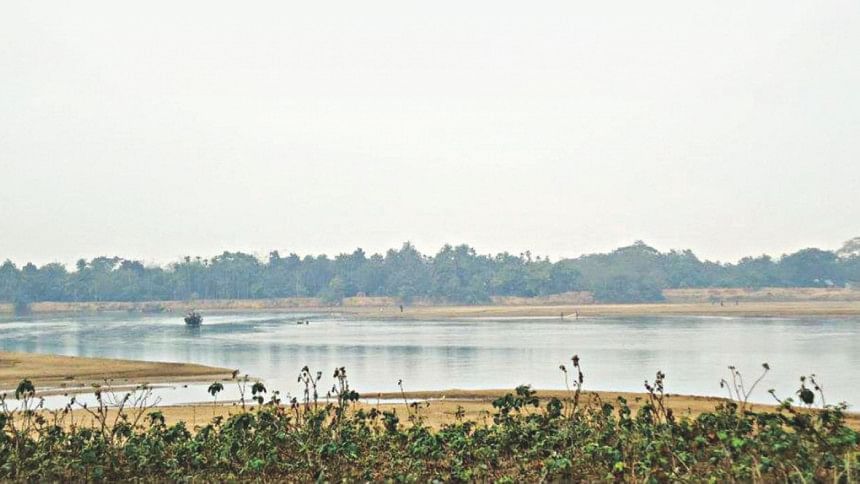
Bangladesh has a total land mass of 56,977 square kilometres and quite rightly it is called the land of the rivers. It has about 700 rivers including tributaries which flow through the country constituting a waterway of a total length of around 24,140 kilometres.
This country has its own unique diversity and culture and you can just see that as you cross from one district to the next. There are regions which are covered by hills and swamp lands and rain forest. It is very rare to find such kind of unique diversity in such a small country like ours but yet it is present.
My next visit in this beautiful land was to Birisiri, Netrokona which falls under Mymensingh district and borders Assam of India.
It was the month of October. The skies were bright blue and it was just after the end of the monsoon. There was an aroma of freshness in the air. We took the local bus ride from Mohakhali. The bus started at around 8 am in the morning. You may also go to Birisiri by train, but that would mean that you would have to go to Mymensingh by train and then change to catch the next available train which would stop about 30 kilometres away from Birisiri. From there you would have to hire a rickshaw which might take you 1.5 hours to arrive in Birisiri.
We did not want to go into that. So the bus ride was the best option as it would stop right in Birisiri. The bus fare was about taka Tk250 per person. Thus, our journey started. After a few stops over to pick passengers till Tongi, the journey was smooth. As the bus started leaving Dhaka and as the serenity of rural Bangladesh was coming into view, the journey became much more enjoyable.
The Dhaka-Mymensingh road is awesome and after almost seven hours of bus ride we arrived in Birisiri. Lush green fields full of paddies and in the distance houses and the clear blue sky of Birisiri and the distant hills of Assam soon greeted us. It seemed like a portrait drawn by the artist.
It was around 3 pm when the bus stopped at Birisiri bus stand. There are couple of local hotels in Birisiri but we did not stay there for obvious security reasons despite our hunger and I won't reckon my readers will do so either.
There are some Christian Missionary Rest Houses also (YWCA & YMCA) and they are pretty well decorated. It would cost you about Tk 500 to Tk 1500 per night depending upon which room you prefer.
These rest houses also have their own dining but you need to order before hand if you want to dine there.
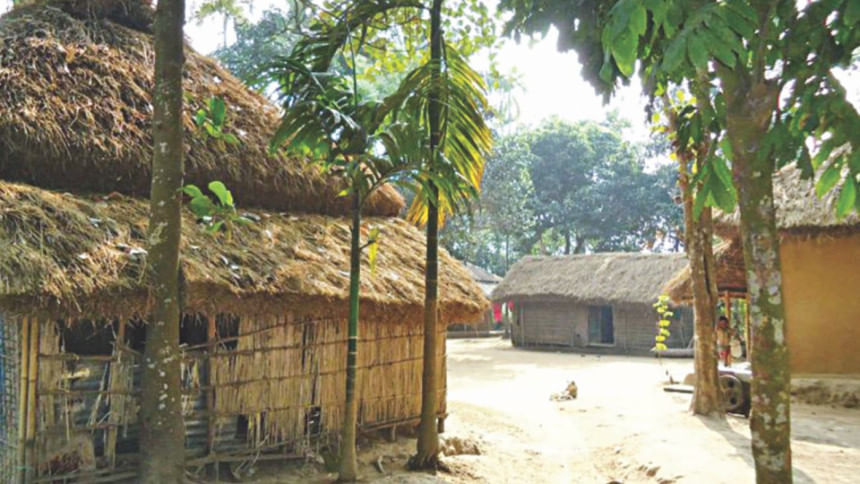
As I said earlier, Birisiri is very serene and remote. It is a very quiet place. After dusk there is nothing to do except to wander around the local area or sit in your room. But my friend and I were not there to sit around.
After dinner, we went out to explore Birisiri. The local bazaar was vibrant and full of fresh vegetables, fish, dry fish and other local delicacies. As it is very close to the Garo Hills, the vegetables were fresh. But unfortunately there were just one restaurant of a Garo woman where we ate our food and there was another shop that belonged to another woman selling Adivasi dresses.
The rest of the shops were mostly Bengali owned. It just shows how tough life is for the plain land Adivasi's of our country.
The next day we set out on our mission to see the beauty of this place. The main tourist attraction of this place is the Shomeshwari – Kongshow River, the Bangladesh- India Border of Assam, Garo Village, Ceramic Lake, Hajong mata memorial, palace of Shushang Maharaja, Ranikhong Church and school. We covered all those areas in two days and we enjoyed each and every place we went to, especially the life and livelihood of the plain land Adivasis attracted us the most.
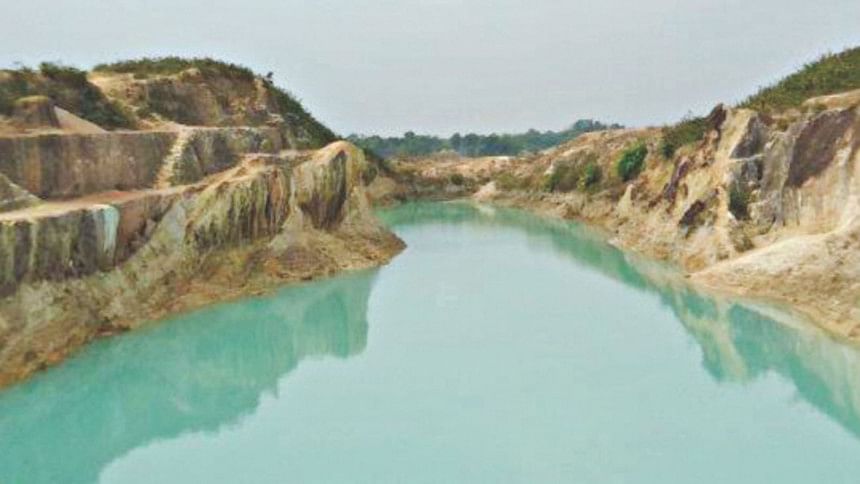
From Birisiri you can hire an electric rickshaw for the whole day and they will take you to all those places and the fare is also very cheap, about Tk 500 per day. But do remember that you have to cross the Shomeshwari River in order to go to these places and that is the only hurdle and for Tk 50 you will be crossed on a boat with people, goats, cycles, motorbikes and everything onboard.
The Shomeshwari River has a unique distinction. As it comes down from the hills which most rivers do in Bangladesh, the water of this river becomes very clean to the point that you can actually see the aquatic life beneath the water's surface. The fish swimming around make it seem like a big aquarium. I just fell in love with the river and had a chance to swim. But be aware: if you are not a good swimmer it is not a good idea to jump into the river because this river is quite deep and the current is fast.
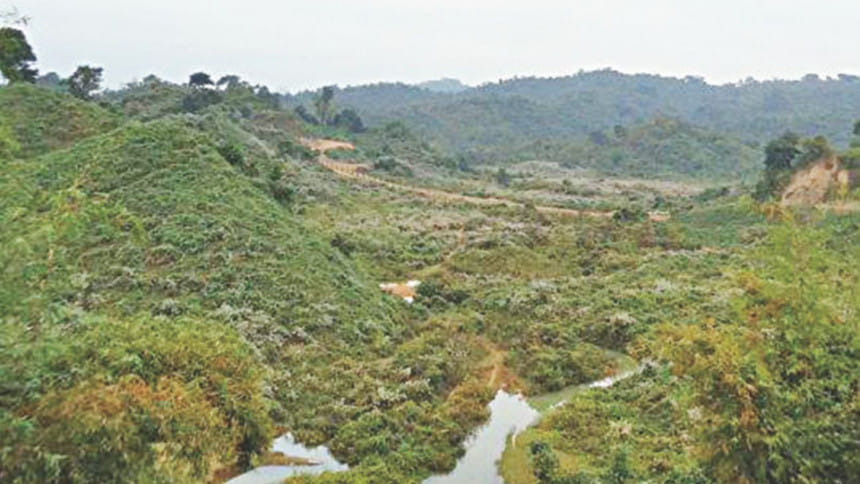
Among all the places that I visited in Birisiri, I really liked the road leading to Ranikhong. Ranikhong borders Assam and you can actually see the barbed wires and BSF posts in the distance. The road goes straight down and with open fields and a beautiful bright blue sky, life can not feel better.
The Ranikhong Church is located up on the hill and it is quite beautiful and serene. There is a rest room from where you can see the hills and the river below and see people collecting stones in knee deep water.
After two days of hectic visits, we finished our trip to Birisiri. But yes of course food is a big issue and this is something travellers have to live with and I am willing to too. The best time to visit Birisiri is during the winter. But if you are into challenges and love rivers, maybe the rainy season would be a better time for you to see Shomeshwari's beauty. As the saying goes beauty lies in the eye of the beholder.
Photo: Sakib Ahmed

 For all latest news, follow The Daily Star's Google News channel.
For all latest news, follow The Daily Star's Google News channel. 


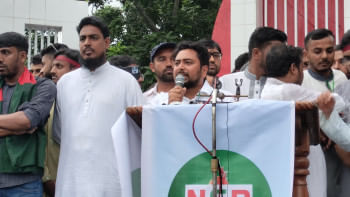
Comments